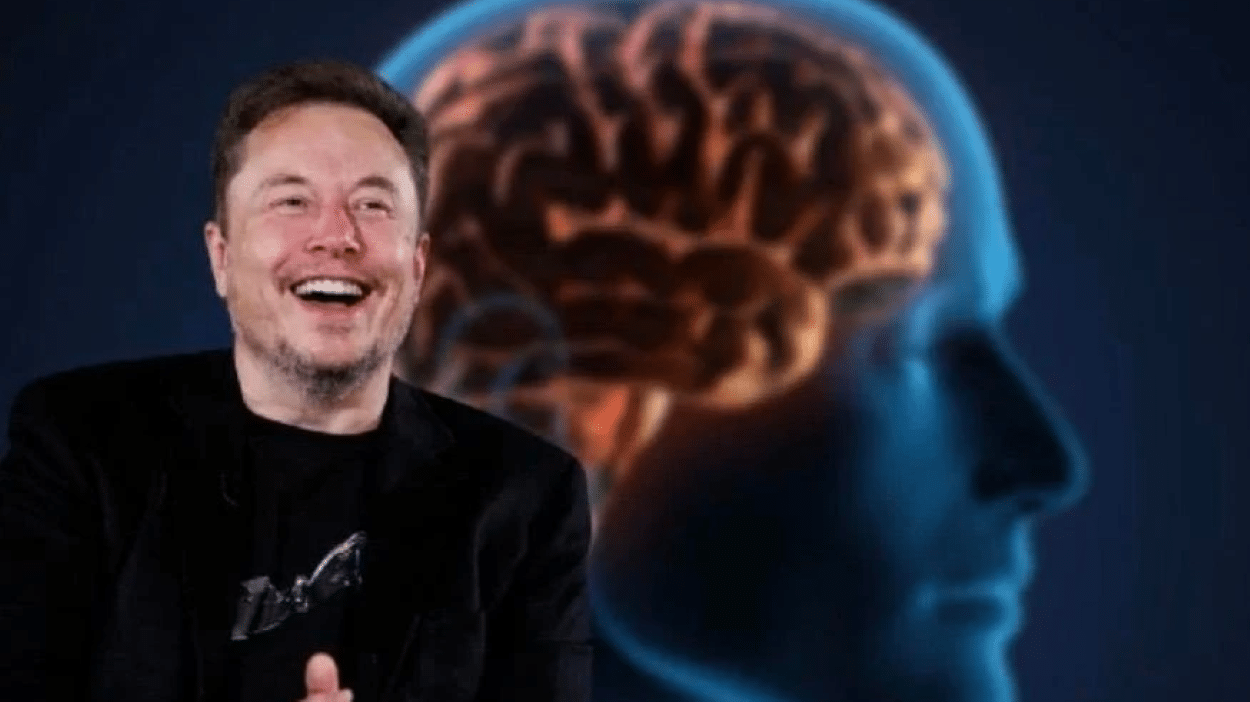Neuralink has successfully implemented its second device, designed to aid individuals with paralysis using digital devices through thought alone.
Following its initial success with the first patient, who has since been able to play video games, browse the internet, post on social media, and control a cursor on his laptop using the device.
During a podcast that aired late Friday, Musk shared limited details about the second patient but noted that the individual, like the first, suffered from a spinal cord injury. Musk highlighted that 400 of the implant’s electrodes effectively function in this second patient. According to its website, Neuralink aims to utilize 1,024 electrodes in its implants.
Musk expressed optimism about the recent procedure, stating, “I don’t want to jinx it, but it seems to have gone extremely well with the second implant. There’s a lot of signal, a lot of electrodes. It’s working very well.”
No specific timeline was provided for the second patient’s surgery. However, Musk anticipates expanding the trial to include eight additional patients within the year.
The first patient, Noland Arbaugh, who also appeared on the podcast, shared his experiences before and after receiving his implant. Initially using a stick in his mouth to interact with a computer, Arbaugh now controls the device through his thoughts alone, enhancing his independence and reducing caregiver dependence. However, he experienced some setbacks when the implant’s tiny wires retracted, a problem Neuralink was aware of from its animal trials. Modifications to the algorithm have since improved the functionality of the implant.
In other discussions, Musk mentioned speaking with Republican candidate Donald Trump, whom he has endorsed, about potentially forming a commission to enhance “government efficiency” by reducing business regulations. Musk expressed a willingness to be involved in such efforts. Musk emphasized that current U.S. regulations stifle innovation.






